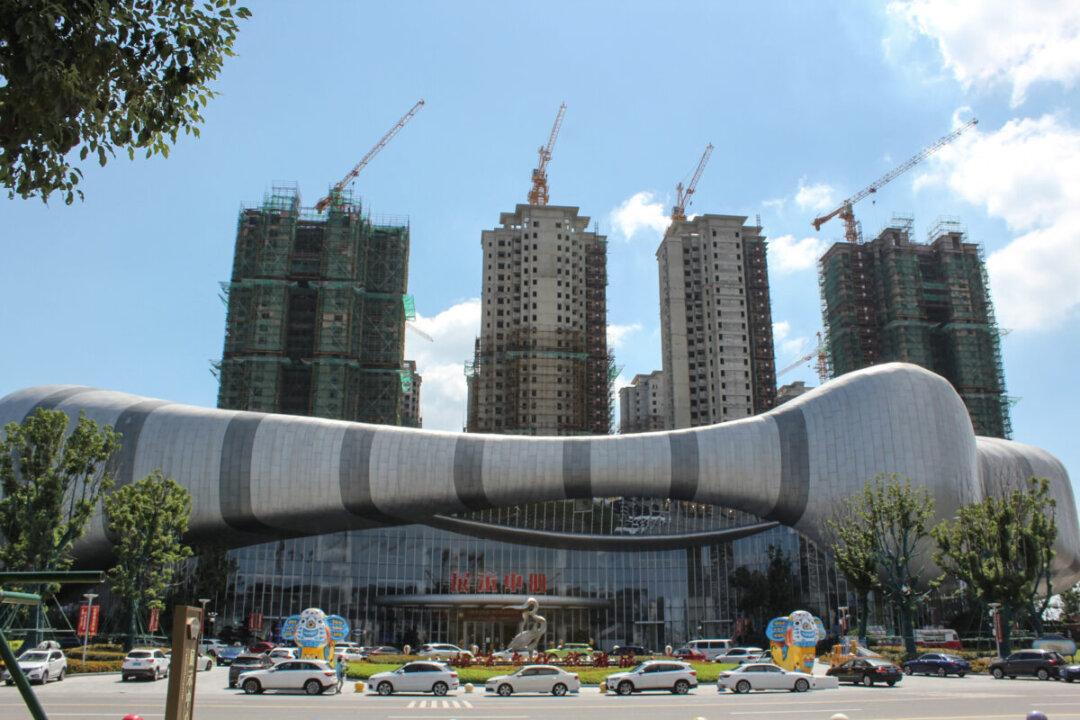Commentary
Evergrande’s troubles cannot help but bring up memories of the global financial crises of 2008-09. Thirteen years ago, first in the United States and then in the western world generally, company failures led to fears of more failures, fears that eventually interrupted normal financial dealing, threatened economies, and forced governments and central banks to take extraordinary steps. The prospective failure of Evergrande has not yet brought that horrible chain reaction to China, but it threatens sufficiently to rivet the attention of the country’s leadership in Beijing, not the least because Evergrande may only be an early sign of more such troubles to come.





